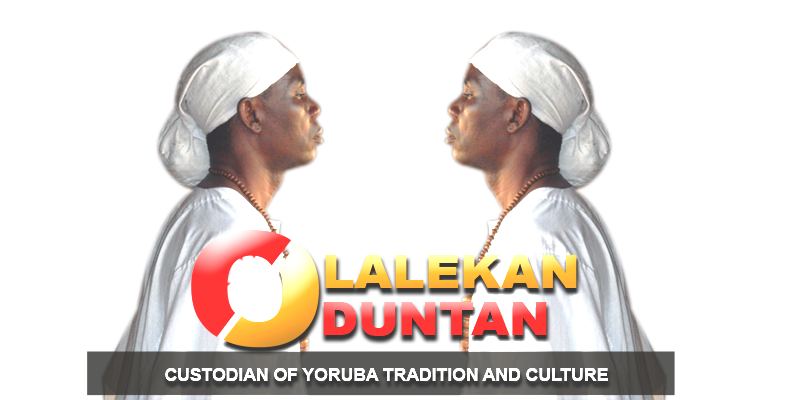Federated States of Micronesia holidays, as well as different religious observances are widely celebrated on the islands. Liberation day, which is observed yearly on September 11, commemorates the victory of the US over Japan in WWII. On the island of Pohnpei, this is preceded by an entire week of traditional parties and sports events.
"Mitmits" feasts in Yap are characterized by lots of dancing and exchanging of gifts among villagers. Regular Sunday church services and celebrations are also observed, especially on Kosrae Island, where everything shuts down to give way to traditional events. Christmas is also a colorful time in Micronesia, and each island has a unique way of welcoming the holiday with food and music.
Micronesians also participate in many Pacific-wide art events like the Pacific Festival of Arts and the Rarotonga Festival of Pacific Arts in the Cook Islands. Music fests are regularly held to celebrate the achievements and talents of local performers. The South Pacific Arts Festival is marked by all kinds of cultural presentations and shows that attract different groups from neighboring Pacific Island Nations.
Religious holidays in the FSM are mostly based on the Christian calendar. Ash Wednesday (February), Easter (March/April), All Saint's Day (November 2), and Christmas Day (December 25) are widely observed, along with other secular holidays like Thanksgiving.
New Year's Day
Celebrated on the first day of January, New Year's marks the start of a brand new year. Like the rest of the world, the islands celebrate with all kinds of festivities and parties.
Kosrae Constitution Day
January 11 commemorates the establishment of the Kosrae Constitution. All the villages celebrate this state holiday.
Lelu Memorial Day
Another public holiday, everyone is welcome to celebrate Lelu memorial day in Lelu village on January 18.
Yap Day
March 1 marks Yap Day, which is one of the most important events in Micronesia. Locals from all four Yapese islands enjoy the merriment of the festival, performing traditional dances and participating in carnivals. The stick dance and Pohnpei are complete with swirling grass skirts and colorful costumes.
Micronesian Culture and Traditions Day
Established to celebrate Micronesia's cultural and traditional heritage, this day is honored on March 31 every year.
Constitution Day
Constitution Day commemorates the founding of the democratic government on the Federated States of Micronesia. It is celebrated on May 10 by all the islands.
Tree Planting Day
As part of the forestry program in the Federated States of Micronesia, a tree-planting day is observed on June 1 each year in accordance with environmental week and Earth Day.
Independence Day
This November 3 holiday celebrates the nation's sovereignty and accomplishments since its liberation from its colonizers. Independence Day is marked by all kinds of festive events with music, overflowing feasts and cultural presentations.
Veterans of Foreign War Day
Observed November 11, this highly patriotic day in Micronesia commemorates the contributions of veterans who served in the US Armed Forces during the Foreign Wars.
Thanksgiving Day
An annual tradition in the US and other parts of the world, Thanksgiving originally was created to give thanks for guiding the pilgrims safely into the "new world." Feasts in Micronesia mean lots of traditional food such as fish, shellfish, venison, wild fowl, harvest grains, fruits, and vegetables.
Christmas Day
Just like every other Christian country, Micronesia celebrates the birth of Christ every December 25. Families attend local church services, sing hymns and present gifts to each other followed by large feasts shared by everyone.
*culled from www.iexplore.com



















